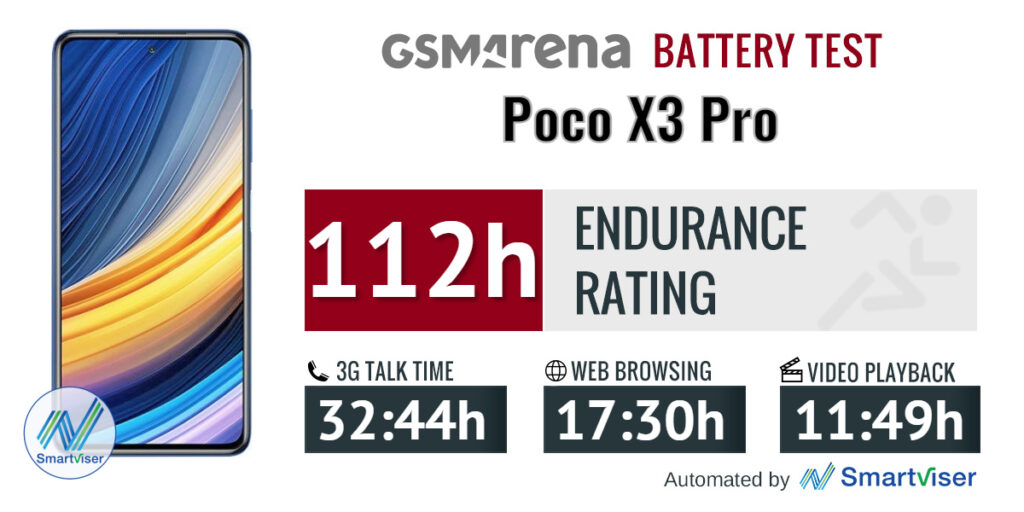What is the best choice?
The difference between appealing and adaptive web design can be confusing, and choosing one of them requires careful consideration to decide which is perfect for your needs and which one is a more user focused web design.
The Internet has a divided opinion regarding arguments for and against responsive design versus adaptive design, as both types of web design have their advantages and disadvantages. Still, when you choose between the two, it ultimately comes down to your business's needs.
How are Responsive and Adaptive Web Design Similar?
Responsive and adaptive web design has the same goals: it enables consumers to have a better user experience across devices by allowing the website to adapt to device size. It provides support and flexibility that is not available by using a separate mobile or tablet website that you created.
What are their Differences?
1. Loading Speed
Responsive web designs typically load faster and maintain the same web URL structure on the phone. Contrarily, adaptive web design has a different approach to serving content for mobile users.
To better understand how this works, it might be essential to explain how adaptive web design works. With adaptive design, the designs are not “fluid”. Instead, the site is figuring out the available space and choosing from the fixed lay-out sizes that designers previously created.
2. Appearance of Web Pages
Responsive web design can change and respond as needed to suit any screen or device size. They require only one layout, but its elements rearrange themselves when viewed on multiple devices because it is fluid. It also supports a wide range of display sizes (confirmed widths) and viewing angles.
Adaptive web design, on the other hand, uses different layouts instead of a one-size-fits-all strategy. It requires arrangements with multiple screen sizes and different viewing angles. This design is standard in all mobile phones, tablets, and smartphones. Adaptive layouts are critical to the author's visual aspect, and the rest is up to you.
If you are worried about whether or not you will be affected, you should take a look, as there are many different types of responsive and adaptive design options for your website.
3. Amount of Work Needed For Implementation
The strength of responsive designs is that it allows their elements to “flow” in various devices. Some might not prefer this because it does not allow full control over the details.
However, since there is a large availability of templates for responsive web designs on the internet, designers are encouraged to use them. Many designers have learned to work around it well by creating relatively simple but powerful designs that translate well across various device screens. Factors such as advertisements and the size of images are also considered to avoid additional work.
Combining Both Web Designs
Responsive web design may seem like a better choice, but adaptive web design seems perfect too. To ensure that your website is well represented on all devices, you can use responsive and adaptive web design techniques.
Maximize the benefits of both web designs to see your business reach its success.








